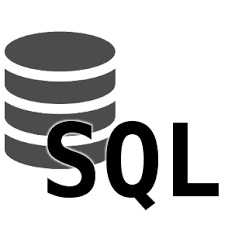SQL Joins as used to combine the contents of two or more tables and produce a result set that incorporates rows and columns from each table. Tables are typically joined using data that they have in common.
Join conditions can be specified in either the FROM or WHERE clauses; specifying them in the FROM clause is recommended. WHERE and HAVING clauses can also contain search conditions to further filter the rows selected by the join conditions.
Joins can be categorized as:
Inner join
The typical join operation, which uses some comparison operator like = or <>). An inner join is a join in which the values in the columns being joined are compared using a comparison operator. Inner joins use a comparison operator to match rows from two tables based on the values in common columns from each table.
Equi Join
It returns all the columns in both tables, and returns only the rows for which there is an equal value in the join column.
( SELECT * FROM authors AS a INNER JOIN publishers AS p ON a.city = p.city ORDER BY a.au_lname DESC )
Self Join
A table can be joined to itself in a self-join.
Outer joins
Outer joins can be a left, right, or full outer join. Outer joins are specified with one of the following sets of keywords when they are specified in the FROM clause
LEFT JOIN or LEFT OUTER JOIN
The result set of a left outer join includes all the rows from the left table specified in the LEFT OUTER clause, not just the ones in which the joined columns match. When a row in the left table has no matching rows in the right table, the associated result set row contains null values for all select list columns coming from the right table.
RIGHT JOIN or RIGHT OUTER JOIN
A right outer join is the reverse of a left outer join. All rows from the right table are returned. Null values are returned for the left table any time a right table row has no matching row in the left table.
FULL JOIN or FULL OUTER JOIN
A full outer join returns all rows in both the left and right tables. Any time a row has no match in the other table, the select list columns from the other table contain null values. When there is a match between the tables, the entire result set row contains data values from the base tables.
CROSS JOINS
Cross joins return all rows from the left table, each row from the left table is combined with all rows from the right table. Cross joins are also called Cartesian products.
